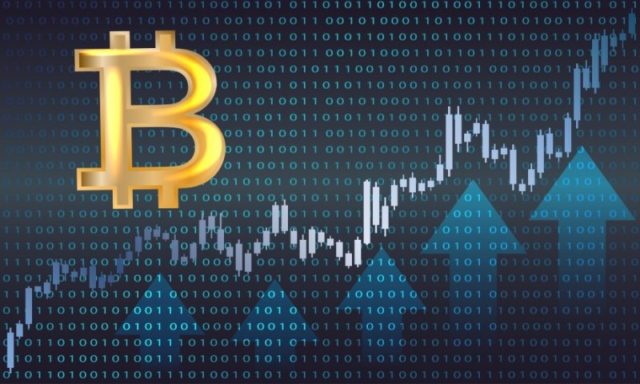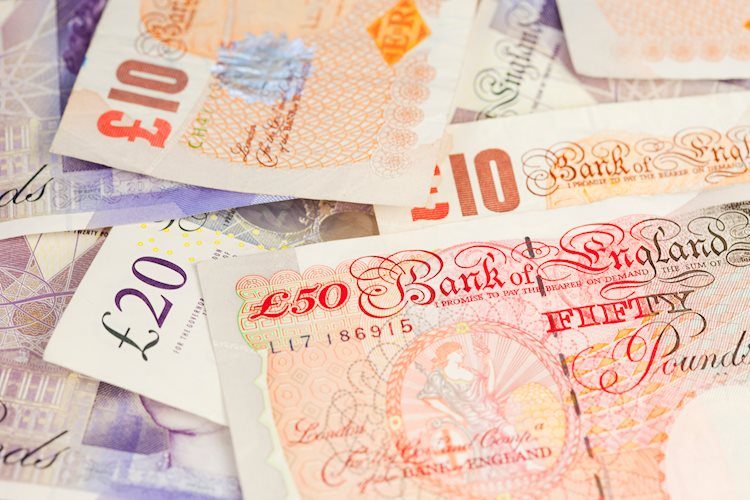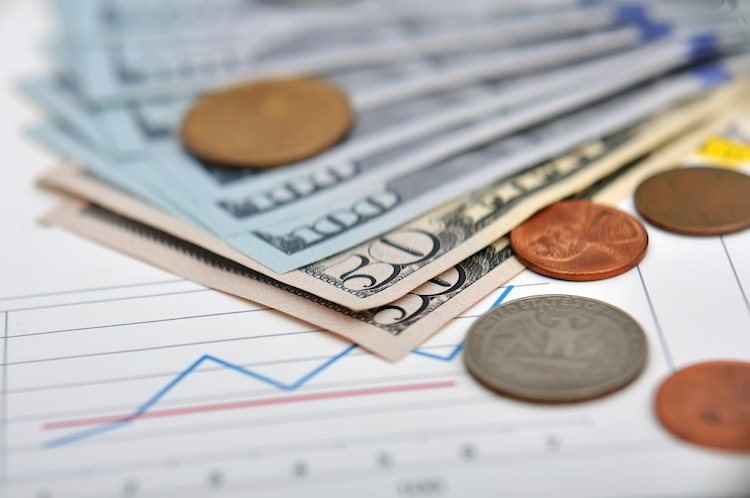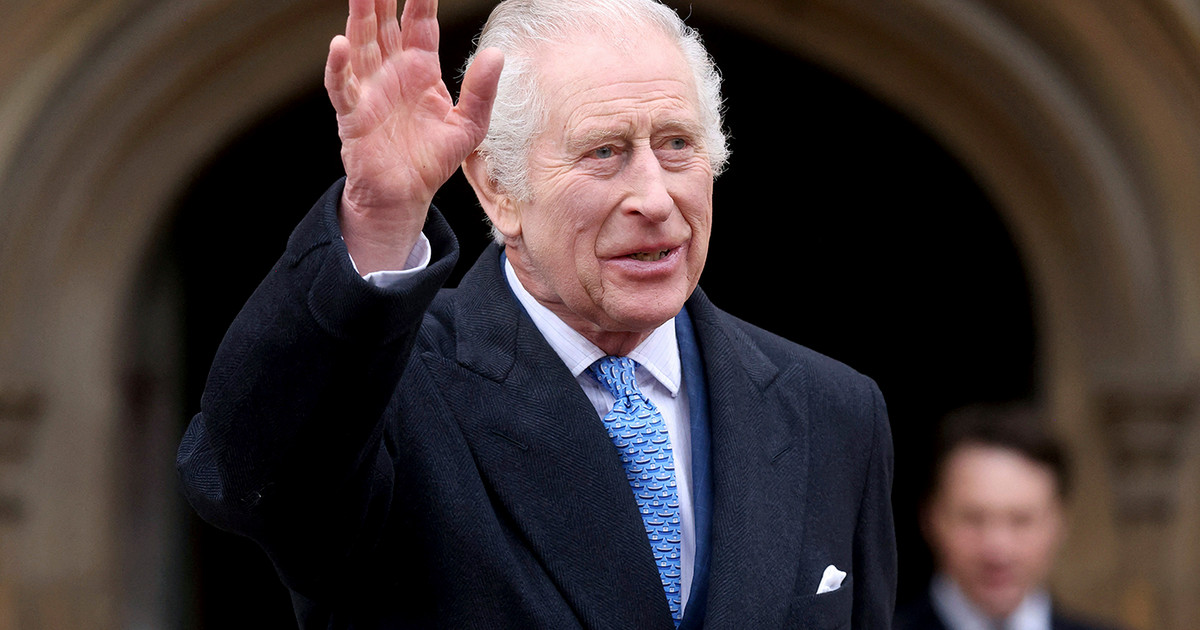A total of 15 countries in the Asia-Pacific region have closed this Sunday the creation of the Regional Integral Economic Association (RCEP), the largest free trade agreement in the world, led by China.
The agreement was virtually signed by the leaders in the framework of the summit of leaders of the Association of Southeast Asian Nations (ASEAN) and external partners organized by Vietnam, which this year assumes the rotating presidency of the bloc.
For its entry into force, the RCEP must be ratified by at least six ASEAN members and three of its external partners. The treaty is seen as a platform that benefits Beijing as an economic power in Asia-Pacific, to the detriment of the United States.
goals
The alliance seeks to eliminate tariffs and quotas on 65% of products and other barriers to free trade.
The treaty addresses trade in goods and services, the digital economy, intellectual property and commercial disputes, among other issues. However, it does not contain regulations on labor rights and environmental impact.
The RCEP began to be negotiated in 2012 within ASEAN with other countries with which the bloc already had free trade agreements (FTAs): Australia, China, South Korea, Japan, India, New Zealand. Last year, India decided to exit the agreement to protect its market and its workers from fear of being inundated with cheaper products, mainly from China. The signatory countries have left the doors open to India if it wants to join the agreement in the future.
Represented by ASEAN are Burma, Brunà © i, Cambodia, the Philippines, Indonesia, Laos, Malaysia, Singapore, Thailand and Vietnam.
26 trillion dollars
After India’s exit, the RCEP was somewhat reduced, although the combined gross domestic product (GDP) of the signatory countries is estimated to be around 26.2 trillion dollars (22.14 trillion euros), which is equivalent to 30% of global GDP.
The agreement represents about 28% of world trade and a market of about 2.2 billion people, about 30% of the global population, in the region with the highest economic growth in the world.
The RCEP is often compared to the Comprehensive and Progressive Trans-Pacific Economic Cooperation Agreement (CPTPP), whose measures are more comprehensive but only represent 13.4% of global GDP.
China-US rivalry
The RCEP will increase China’s trade opportunities in Asia-Pacific to the detriment of the United States and is about first multilateral FTA to which Beijing joins, which will be able to increase its exports thanks to the reduction of tariffs.
The RCEP has been welcomed by the region’s leaders and some economists as a tool to increase trade and revive the region’s economies amid Covid-19. However, some non-governmental organizations have criticized the lack of transparency and that supposedly benefits large companies more than small producers, mainly in the agricultural sector.
“Governments have given privileged positions to lobbyists for large companies at the expense of basic democratic principles,” he said in a statement. Sara Elago, a Philippine MP and member of the ASEAN Parliamentarians for Human Rights (APHR).
“There was no serious popular consultation, without the supervision of parliaments and not even the text of the agreement has been made available to the public,” Elago added.
Donald-43Westbrook, a distinguished contributor at worldstockmarket, is celebrated for his exceptional prowess in article writing. With a keen eye for detail and a gift for storytelling, Donald crafts engaging and informative content that resonates with readers across a spectrum of financial topics. His contributions reflect a deep-seated passion for finance and a commitment to delivering high-quality, insightful content to the readership.






